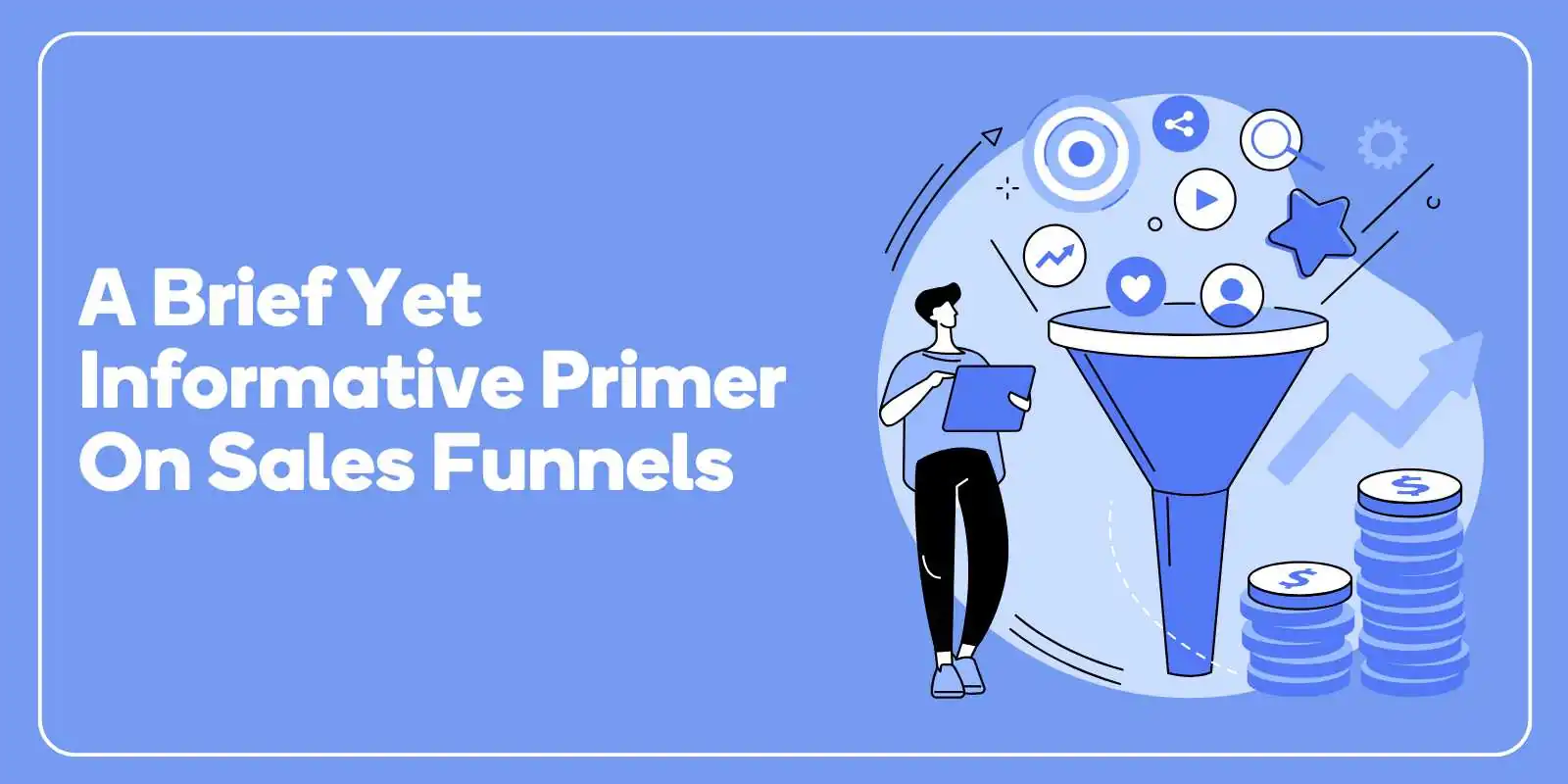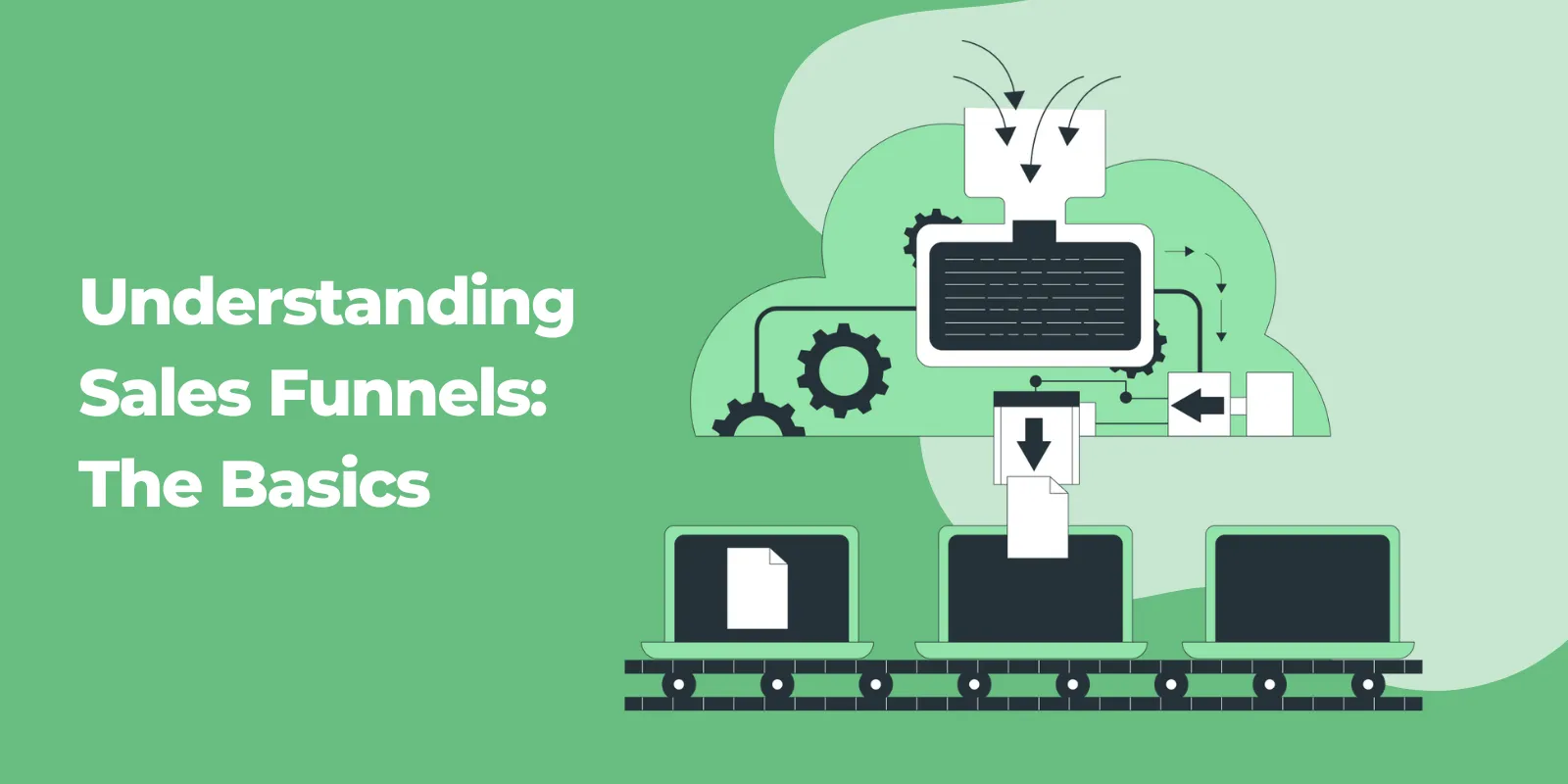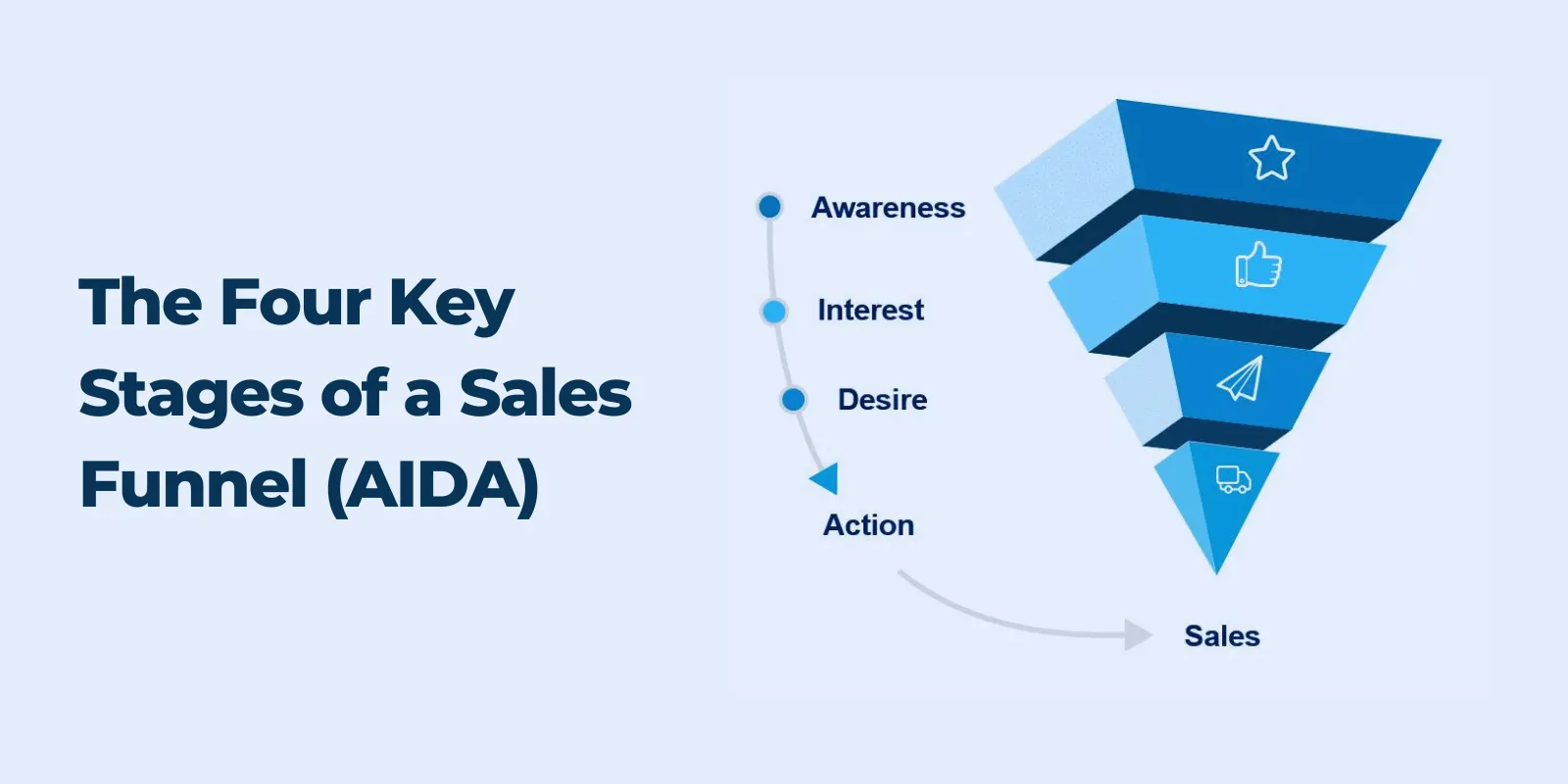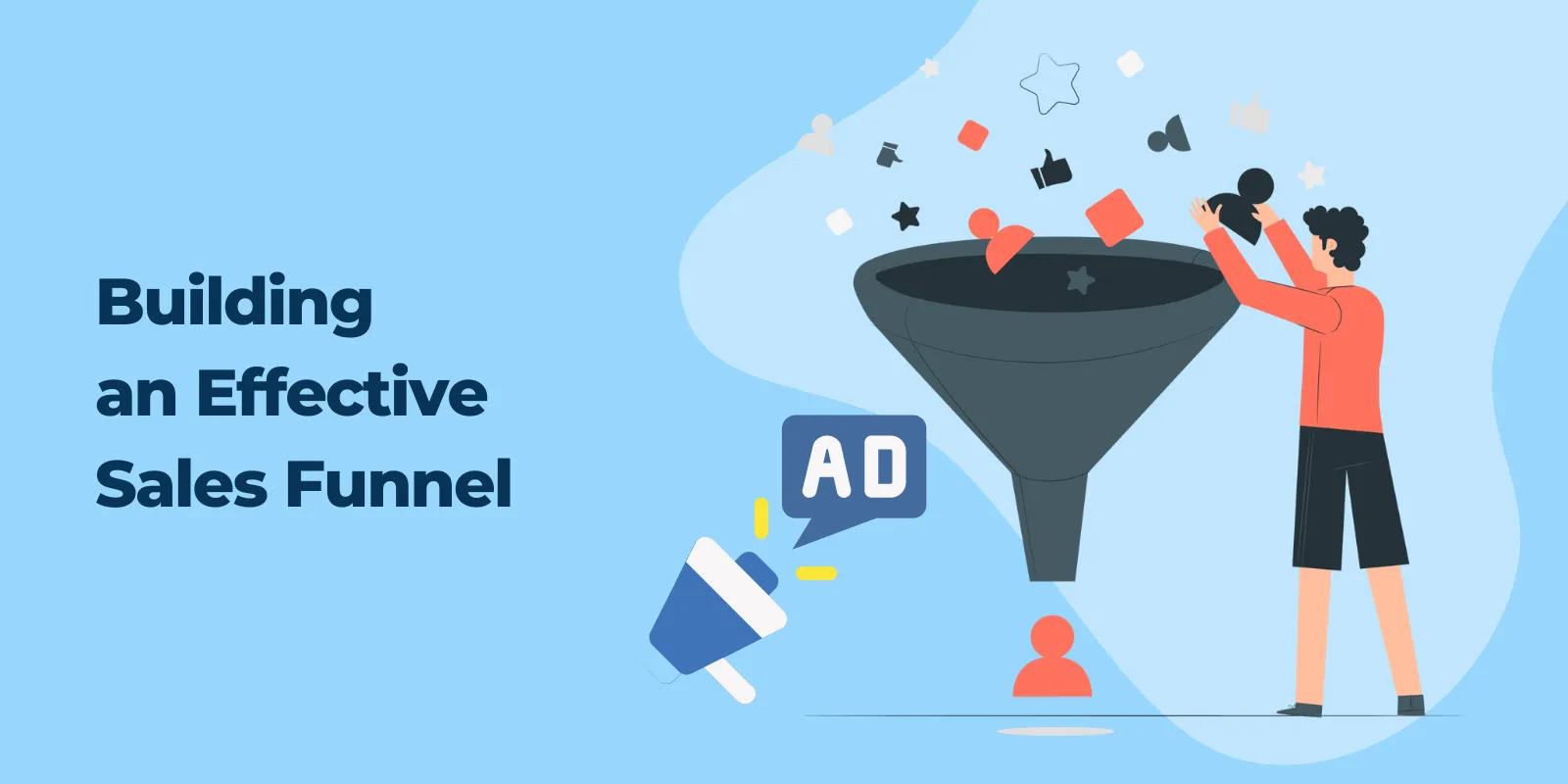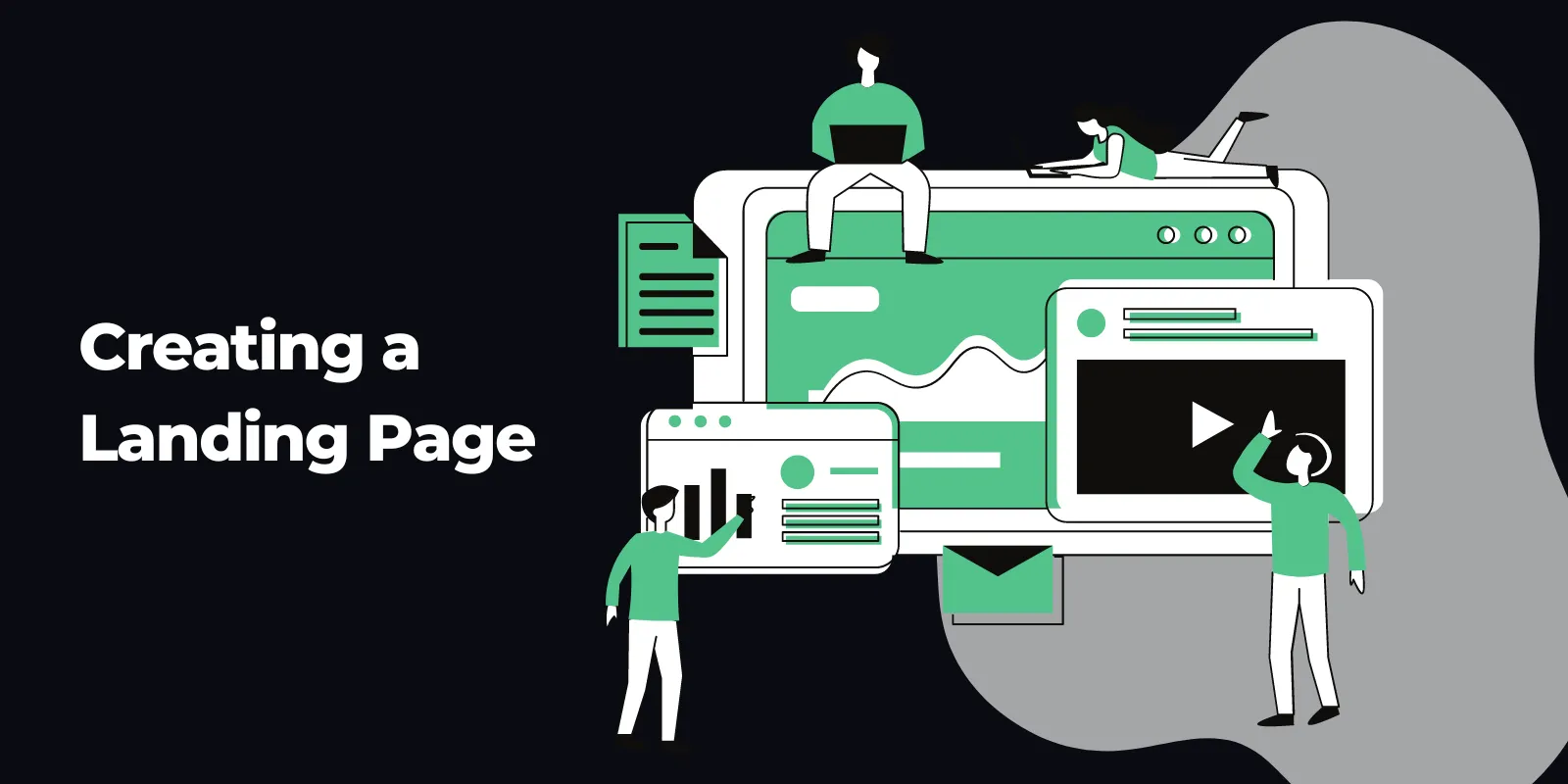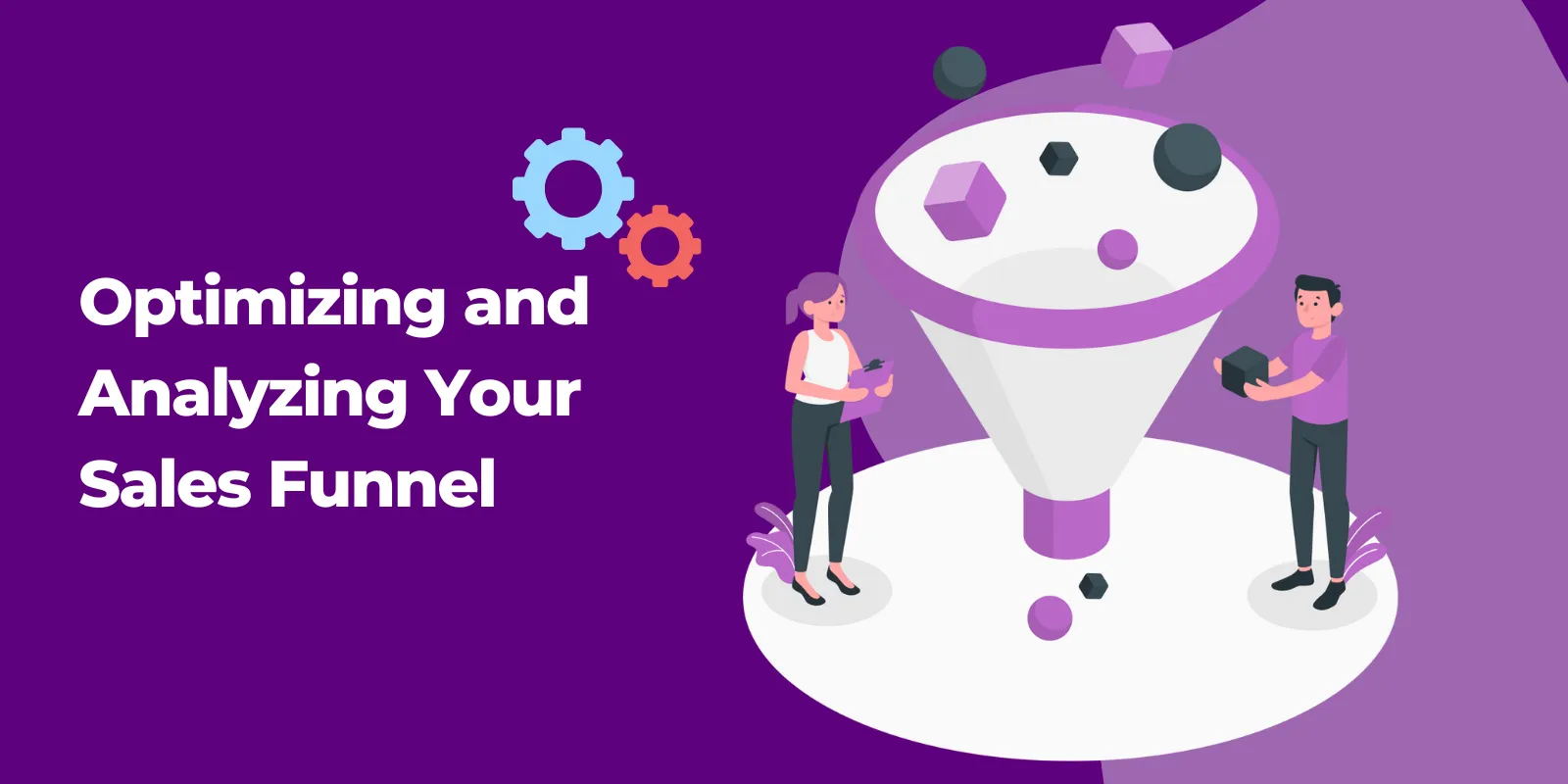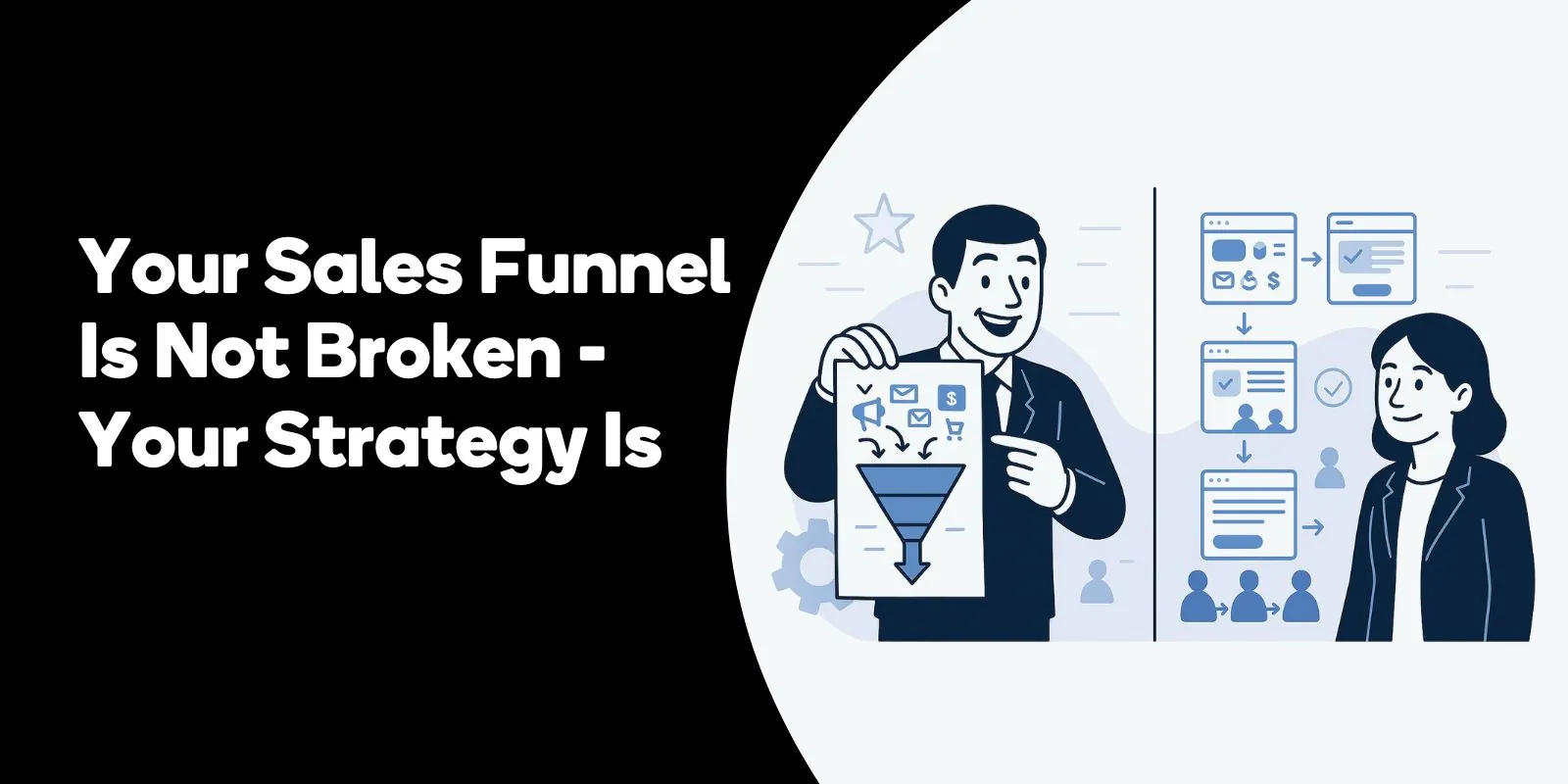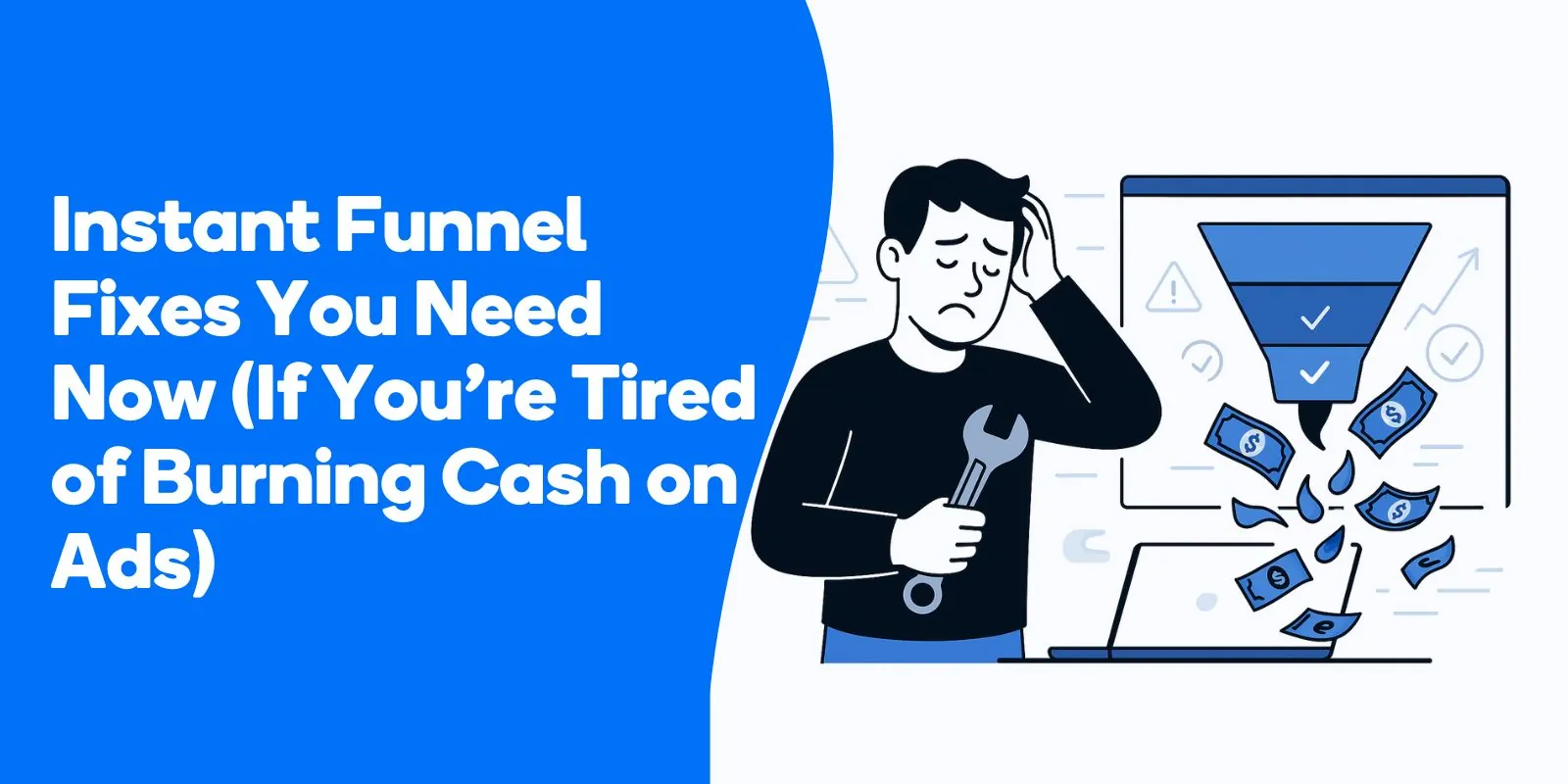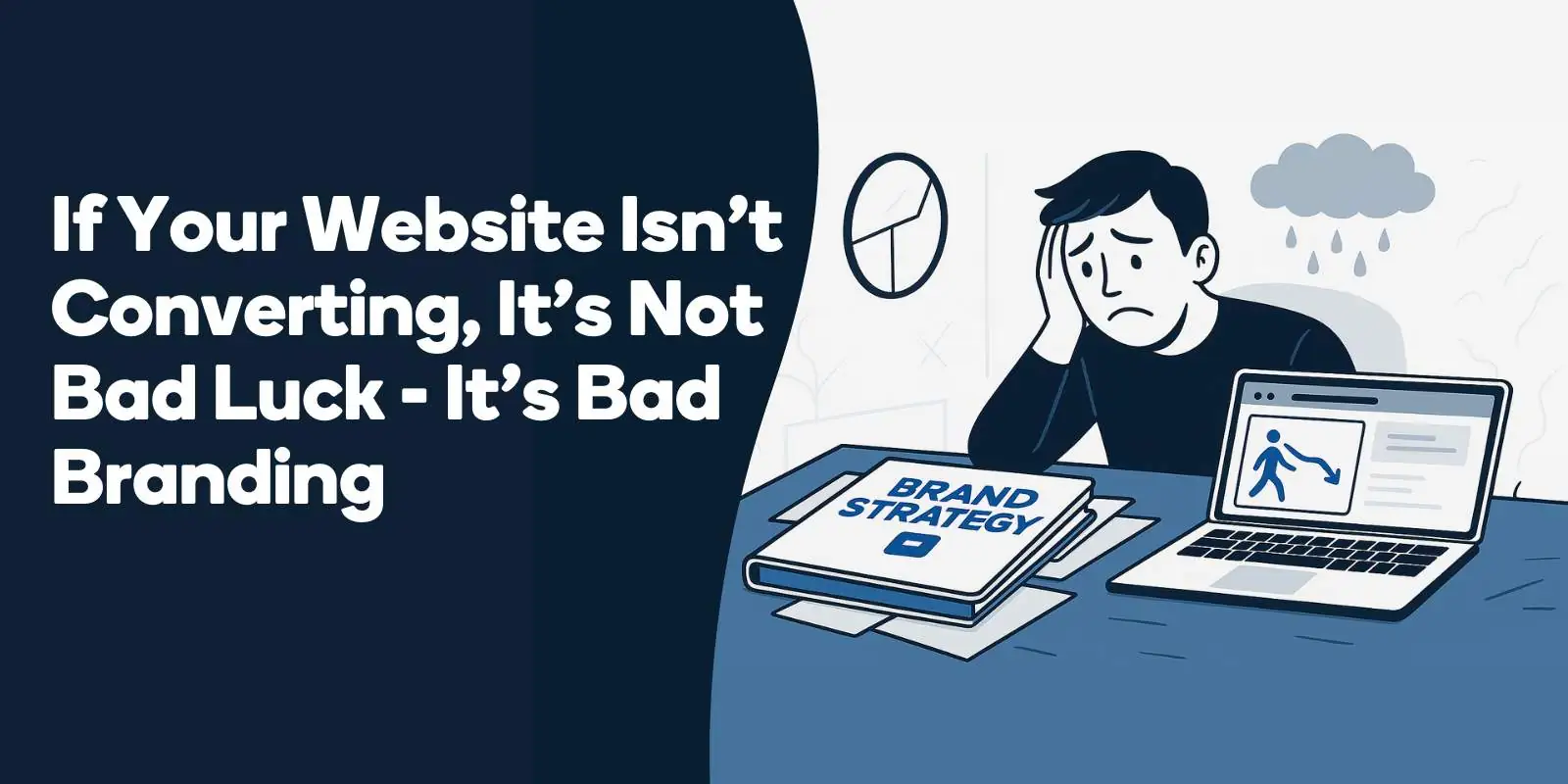In this blog post, we’ll provide you with a brief yet informative primer on how sales funnels work, helping you understand their importance, the key stages, and how to build and optimize them for maximum success.
Understanding Sales Funnels: The Basics
Sales funnels have been around for decades, but their importance in the modern digital marketing landscape cannot be overstated.
At their core, sales funnels are marketing strategies designed to convert cold prospects into long-term customers by guiding them through a series of stages.
The “funnel” metaphor suggests that you start with a broad pool of prospective buyers, which eventually narrows down to a smaller group of highly-targeted, high-value customers.
The foundation of a successful sales funnel lies in understanding your target audience and addressing their needs through tailored content marketing and interactions.
As an online business, having a sales funnel is essential in providing direction for prospects throughout their customer journey, from initial awareness to final purchase. By only creating content and a sales funnel that aligns with your audience’s needs, you’ll be more likely to convert prospective buyers into loyal customers.
Sales funnels have evolved with the times, and modern sales funnels incorporate elements like search engine optimization, social media marketing, and email marketing to guide prospects through the sales cycle.
A well-constructed sales funnel not only streamlines the buying process, but also helps businesses optimize their marketing activities and convert more leads into paying customers.
Defining Sales Funnels
A sales funnel is a marketing concept that outlines the customer journey from initial awareness of a product or service to the final sale or purchase decision.
The structure of a sales funnel typically begins with a complimentary item offered for free and progresses to a more expensive item with a price tag of $297.
The goal of a sales funnel is to provide prospects with valuable content and offers that address their specific needs and pain points, guiding them from one stage to the next.
It’s essential to maintain the prospect’s focus throughout the whole sales funnel management with a clean design and high-quality images, videos, or other visual elements.
For example, 15-second videos can be used at the eye-catcher stage of the sales funnel to create brand awareness and demonstrate expertise.
The sales funnel model is designed to move prospects closer to a final purchase decision through a series of interconnected offers.
Recognizing a prior purchase and presenting relevant upsells or complementary products at appropriate stages is crucial to ensure that customers see the value in each subsequent offer and continue progressing through the funnel.
The Role of Sales Funnels
The primary purpose of sales funnels is to help businesses gain insight into their customers’ needs and optimize their marketing strategies.
By understanding the customer’s journey, businesses can tailor their content marketing and email marketing efforts to provide valuable information and build trust with their target audience.
Sales funnels are essential for guiding prospects through the buying process and ultimately converting them into customers.
They can be used to create a sense of urgency and persuade people to make an investment, especially when incorporating elements of scarcity and limited-time promotions.
For example, offering a free consultation or demo at the interest stage of the sales funnel can help to capture the prospect’s attention and move them to the next stage.
The concept of the value ladder is an integral part of the modern sales funnel design, reflecting the various stages of the sales funnel and the increasing value offered at each level.
By providing personalized content and targeted offers, businesses can guide prospects through the sales funnel, ultimately leading to a final purchase and ongoing customer relationship.
The Four Key Stages of a Sales Funnel (AIDA)
To better understand the sales funnel process, we can break it down into four key stages using the AIDA model: Awareness, Interest, Desire, and Action.
Each stage plays a crucial role in guiding prospects through the sales funnel, with specific strategies employed at each level to maintain engagement and drive conversions.
The AIDA model provides a clear framework for businesses to design their sales funnels, ensuring that they address the needs and motivations of their target audience at each stage.
By understanding the significance of each stage and tailoring marketing efforts accordingly, businesses can optimize their sales funnels for
maximum effectiveness and customer satisfaction.
Whether you’re selling physical products, digital goods, or services, the AIDA model is a universal framework that can be applied to any industry or market.
By focusing on the customer’s journey and providing value at every stage, businesses can maximize their sales potential and create lasting relationships with their customers.
Awareness
The Awareness stage is the initial stage of a sales funnel and plays a crucial role in encouraging potential customers to interact with the business.
At this stage, prospects become aware of a business through various means such as advertising, social media, word-of-mouth, Google search, or a business blog.
The goal of the Awareness stage is to capture the attention of potential customers and introduce them to the brand and its offerings.
By leveraging multiple marketing channels, businesses can increase their reach and engage with a broader pool of prospective buyers, laying the foundation for a successful sales funnel.
Interest
The Awareness stage marks the starting point of a sales funnel. It is followed by the Interest stage. At this point in the sales pipeline, potential customers begin to express interest in the product or service being offered.
Businesses can engage prospects with informative content, such as videos, infographics, and blog posts, to maintain their attention and foster trust.
By providing useful information that helps prospects evaluate their options, businesses can build relationships with potential customers and guide them through the third sales funnel stage.
The Interest stage is essential for establishing trust and credibility, positioning the business as a valuable resource and a reliable solution provider.
Desire
The Desire stage is where prospective customers actively research and evaluate the solution that best meets their needs and budget.
At this stage, businesses have the opportunity to showcase the unique value of their product or service and convince prospects that it’s the best solution for their problem or need.
By providing compelling content and addressing the most common concerns or objections, businesses can create a sense of urgency and incentivize prospects to take the next step in the sales funnel.
This stage is crucial for turning potential buyers into committed customers who are ready to make a purchase.
Action
The Action stage is the concluding stage of a sales funnel, where prospects are presented with the opportunity to make a purchase decision and either become customers or opt out of the process.
At this final stage, businesses must emphasize the advantages of their offer and the potential consequences of not making the purchase, as well as provide incentives such as free shipping or promotional codes to encourage action.
It’s essential to monitor the conversion rates at each stage of the sales funnel to identify any drop-off points and make targeted improvements.
By continuously refining and analyzing the sales funnel, businesses can optimize their marketing activities and convert more leads into paying customers.
In addition to guiding prospects through the sales funnel, businesses should also focus on customer retention strategies to cultivate customer loyalty and spur ongoing or future purchases.

Award-Winning
Sales Funnel & Website Expert
Discover How My Agency Can Grow Your Business
- Website: Our websites are the perfect blend of form and function.
- Sales Funnel: We build sales funnels that turn leads into customers.
- SEO: Get found online with our expert SEO services.
By maintaining communication with existing and new customers, and providing valuable content or incentives, businesses can build lasting relationships and create a loyal customer base.
Building an Effective Sales Funnel
Creating a successful sales and marketing funnel is a multi-step process that requires a strategic approach and a deep understanding of your target audience’s needs and motivations.
By following the AIDA model and tailoring your marketing efforts to each stage of the sales funnel, you can guide prospects through the buying process and optimize your chances of converting them into customers.
In addition to understanding the four key stages of a sales funnel, it’s crucial to develop a comprehensive strategy that encompasses all aspects of the customer journey.
This includes creating a strong landing page, offering value to prospects, nurturing leads through targeted content and communication, and closing the deal with well-timed incentives and promotions.
By focusing on these essential components of affiliate sales, and continuously refining your sales funnel, you can maximize its effectiveness and create a seamless customer journey that drives conversions and fosters long-term relationships with your audience.
Creating a Landing Page
A well-designed landing page is the first point of contact for many prospects and plays a vital role in capturing leads and generating interest in your product or service.
It’s essential to create a landing page that is visually appealing, easy to navigate, and clearly communicates the value of your offer to your target audience.
In addition to a clean design and high-quality visuals, a successful landing page should also include a compelling call-to-action (CTA) that encourages visitors to take the desired action, such as signing up for a newsletter or downloading an ebook.
Strategic placement of CTAs throughout the landing page can help to maximize conversions and guide prospects through the sales funnel.
To ensure that your landing page is effective, consider incorporating elements of social proof, such as customer testimonials or case studies, to build trust and credibility with your audience.
By providing relevant and valuable content, a well-crafted landing page can help to engage prospects and move them further down the sales funnel.
Offering Value
Providing value to prospects is essential for capturing leads and arousing interest in your product or service.
This can be achieved through a variety of means, such as offering free, high-quality content or incentives in exchange for contact information. This could be a free report, case study, or video that is relevant to your niche or specialty.
By offering valuable content that addresses the specific needs and pain points of your target audience, you can build trust and credibility with your prospects, positioning your brand as a valuable resource and a reliable solution provider.
This approach not only helps to engage prospects but also encourages them to take the next step in the sales funnel.
Nurturing Prospects
Maintaining communication with leads and providing relevant content throughout their journey is crucial for guiding them through the sales funnel and ultimately converting them into customers.
By providing personalized emails, targeted content, and multi-channel lead nurturing techniques, businesses can engage with prospects and address their individual concerns and needs.
Nurturing prospects is not only essential for building trust and credibility, but it also helps to keep leads interested and invested in your product or service. By continuously delivering value and addressing the most common concerns or objections, businesses can create a sense of urgency and incentivize prospects to take the next step in the sales funnel.
By focusing on nurturing prospects and maintaining communication throughout the customer journey, businesses can build lasting relationships and increase the likelihood of converting leads into paying customers.
Closing the Deal
Sealing the deal is the final step in the sales funnel process, and it’s crucial to use effective tactics to encourage prospects to take action and make a purchase.
Offering incentives such as discounts or limited-time promotions can help motivate prospects to make a purchase decision and convert them into customers.
In addition to offering incentives, businesses should also emphasize the benefits of their product or service and address any remaining objections or concerns that prospects may have.
By providing clear and compelling reasons for prospects to take action, businesses can maximize their chances of sealing the deal and converting leads into paying customers.
It’s important to remember that closing the deal is not the end of the customer journey. Businesses should continue to focus on customer retention and satisfaction, ensuring that their customers remain loyal and engaged long after the initial sale has been made.
Optimizing and Analyzing Your Sales Funnel
Continuous improvement and analysis of your sales funnel are essential to maximize its effectiveness and ensure that it remains relevant to your target audience. By identifying drop-off points and making targeted improvements, you can optimize your sales funnel and convert more leads into paying customers.
To effectively analyze your sales funnel, it’s crucial to measure key performance indicators (KPIs) and metrics, such as conversion rates at each stage, call-to-action click-through rates, and funnel velocity.
By closely monitoring these metrics, you can identify areas of your sales funnel that require improvement and make data-driven decisions to optimize your marketing efforts.
By continually refining and optimizing your sales funnel, you can ensure that it remains effective in guiding prospects through the buying process, ultimately leading to increased conversions and satisfied customers.
Identifying Drop-Off Points
To optimize your sales funnel and maximize conversions, it’s essential to identify the specific points where prospects are losing interest or disengaging from the process, also known as drop-off points.
By pinpointing these areas, you can make targeted improvements to your own sales funnel and address any barriers that may be preventing prospects from moving forward.
One method of identifying drop-off points is to analyze the conversion rates at each stage of the sales funnel and observe where users are no longer continuing.
By closely monitoring these metrics, you can pinpoint areas that require enhancement and make targeted improvements to guide more prospects through the sales funnel and ultimately convert them into customers.
Measuring Success
Assessing the success of your sales funnel is crucial for making data-driven decisions and optimizing your marketing efforts.
Key performance indicators (KPIs) and metrics, such as conversion rates at each stage of the funnel, call-to-action, click-through rates, and your sales funnel optimization velocity, can provide valuable insights into the effectiveness of your sales funnel.
By regularly monitoring these metrics and analyzing the performance of your sales funnel, you can identify areas that require improvement and make targeted adjustments to enhance the customer journey.
With a data-driven approach, you can ensure that your sales funnel remains effective in guiding prospects through the buying process and ultimately leading to increased conversions and customer satisfaction.
Frequently Asked Questions
What is an ecommerce sales funnel?
An ecommerce sales funnel is a theoretical model that describes the journey a customer takes from the first interaction with your brand to the final purchase. The “funnel” metaphor is used because the number of potential customers usually decreases as they move further down the funnel, with the widest part representing potential customers and the narrowest part representing those who convert into buyers.
Key stages of an ecommerce sales funnel can include awareness, interest, consideration, conversion, and retention. Each stage corresponds to different customer mindsets and requires different marketing strategies.
How do I create a funnel for my ecommerce website?
Creating a sales funnel for your ecommerce website involves several key steps:
- Define your target audience: Understand who your ideal customers are and what they need. This will guide your entire sales funnel creation process.
- Generate awareness: Use strategies like content marketing, SEO, social media marketing, and PPC ads to attract potential customers to your site.
- Capture interest: Offer valuable content and incentives to engage your visitors and motivate them to learn more about your products.
- Nurture consideration: Provide comprehensive information about your products and compelling reasons why your product is the best choice. Customer reviews, case studies, and product comparisons can be effective here.
- Drive conversions: Make it easy for customers to make a purchase. A streamlined checkout process, clear calls to action, and trust signals like secure payment badges can help.
- Encourage retention: After a customer makes a purchase, continue to engage them with email marketing, loyalty programs, and customer support to encourage repeat purchases.
Sales funnel tools like ClickFunnels, Kartra, or even CRM systems with sales funnel capabilities, can aid you in creating, implementing, and managing your sales funnel.
What are the 5 stages of sales funnels?
The five stages of a sales funnel typically include:
- Awareness: Potential customers become aware of your brand or product, often through marketing efforts or organic search.
- Interest: Once aware, potential customers begin to show interest in your products by conducting further research or engaging with your content.
- Consideration: At this stage, potential customers are evaluating your product against other options in the market and deciding whether it meets their needs.
- Conversion: The conversion stage occurs when the potential customer decides to make a purchase and becomes a customer.
- Retention: After the purchase, businesses aim to retain customers by providing excellent customer service, nurturing the relationship through email marketing, and offering new products or services.
Are sales funnels worth it?
Sales funnels are definitely worth it. They provide a structured approach to understanding and addressing customer needs at each stage of the buying journey. Sales funnels can help you attract more potential customers, enhance their purchasing experience, and increase conversion rates.
They can also help in customer retention by identifying opportunities for further engagement and upselling or cross-selling. Overall, a well-executed sales funnel is a powerful tool to drive growth and profitability in your ecommerce business.
How much should I pay for a sales funnel?
The cost of a sales funnel can vary widely depending on the complexity of the funnel, the platforms and tools used, and whether you are doing it yourself or hiring professionals.
DIY sales funnel tools, like ClickFunnels or Kartra, typically charge a monthly subscription ranging from around $100 to $300 per month. If you’re hiring a professional to design and implement your sales funnel, you could pay anywhere from a few hundred to several thousand dollars, depending on their expertise and the scope of the project.
Remember, investing in a sales funnel is an investment in your business growth. While there’s an upfront cost, a well-designed and effectively executed sales funnel can provide a substantial return on investment through increased customer conversions and sales.
What is a sales funnel for beginners?
For beginners, a sales funnel is a concept that describes the journey a potential customer goes through from first learning about your business to making a purchase.
The funnel has several stages—typically awareness, interest, consideration, conversion, and retention—and each stage requires different marketing strategies and approaches.
Here’s a simple breakdown:
- Awareness: This is where potential customers first learn about your business, often through methods like online advertising, social media, or organic search.
- Interest: In this stage, potential customers express an interest in your product or service. They might follow your social media accounts or subscribe to your email list.
- Consideration: Here, potential customers are thinking about making a purchase. They may be comparing your product or service to others in the market.
- Conversion: The conversion stage is when a potential customer decides to buy your product or service and becomes a customer.
- Retention: After a customer makes a purchase, your goal is to keep them coming back for more. This could involve follow-up emails, customer loyalty programs, or new product offers.
Sales funnels can be created and managed using various tools and platforms, which often provide templates and guides to help beginners get started.
By understanding and implementing a sales funnel, you can better guide potential customers towards making a purchase, leading to increased sales for your business.
Conclusion
In today’s competitive online landscape, having a well-crafted sales funnel is essential for guiding prospects through the buying process and converting them into loyal customers.
By understanding the key stages of a sales funnel, providing valuable content and incentives, nurturing leads, and continuously analyzing and optimizing your sales funnel, you can maximize its effectiveness and create lasting relationships with your audience.
Remember, the key to a successful sales funnel lies in understanding your target audience and addressing their needs at every stage of the customer journey.
